At this time, the family of Ms. Phan San May, village 4, Dak Ha commune, Dak Glong district ( Dak Nong ) is actively taking care of nearly 5 sao of winter-spring hybrid rice.
The rice has been planted for about a month and is in the stage of strong leaf growth and tillering, so she has trimmed and prepared to fertilize the plants for the second time to help them grow.

She continues to keep the rice water, monitor pests and rodents such as rats and golden apple snails. Ms. May believes that this year, according to forecasts, the water source for the rice plants of the people in the family fields is guaranteed.
However, with the mentality of preparing for the dry season, she still pays attention to using water economically. The family covers and repairs the canals leading water to the fields, and borders the fields to ensure that water is not lost.
"During the peak of the dry season, water resources will be very limited, which can affect crops. Therefore, we need to save water from the beginning, early on to prevent drought from occurring," said Ms. May.
According to the Department of Agriculture and Rural Development, the winter-spring crop is the crop in which farmers in the province produce the largest area of rice per year. According to the 2025 winter-spring crop plan, the province plans to produce 5,170 hectares of rice, striving to achieve an output of about 34,794 tons.
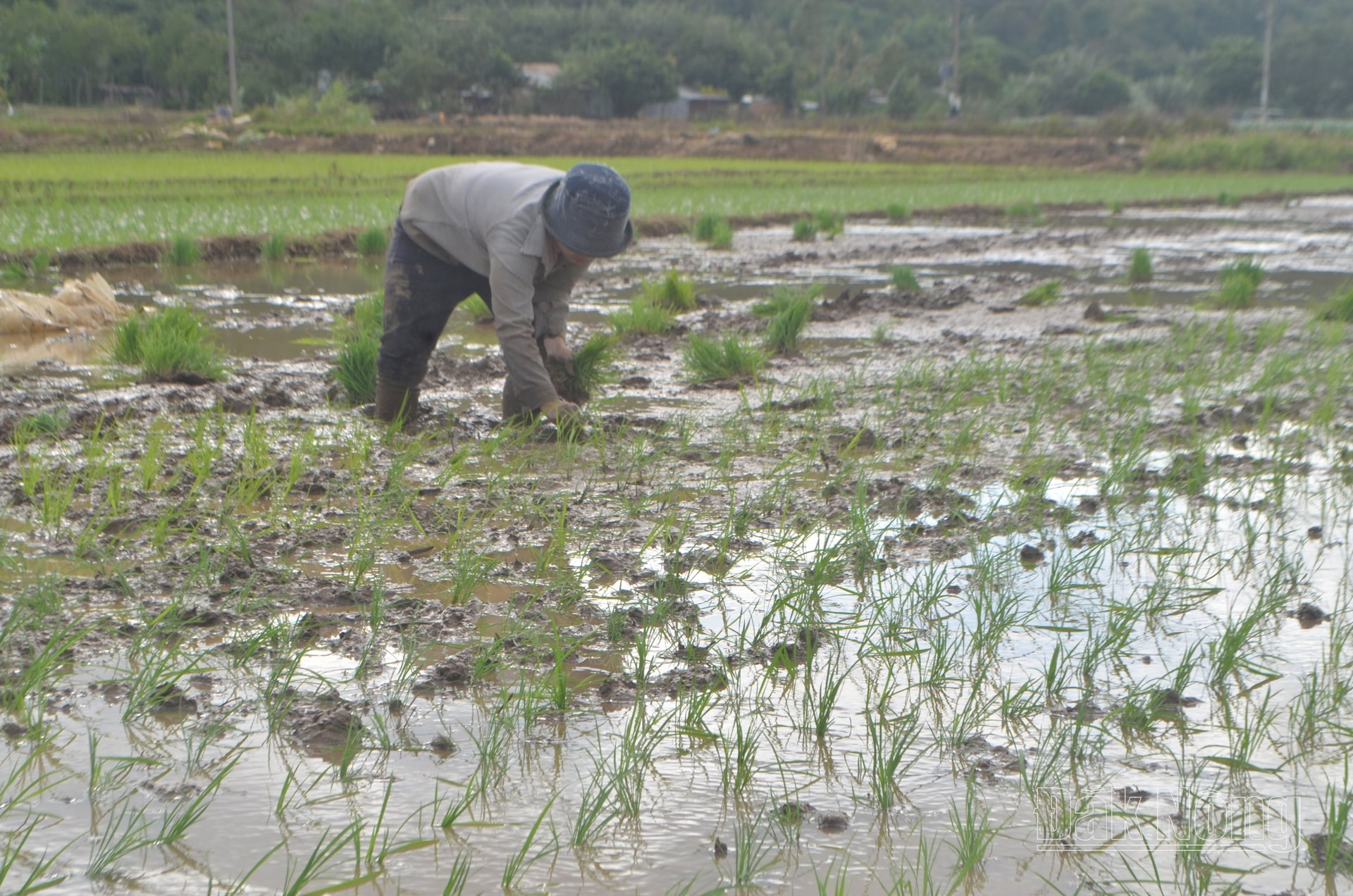
According to the forecast of the hydrometeorological agency, people will face drought this winter-spring crop. Therefore, using water economically and properly will help people ensure safe production and help plants grow.
Through monitoring and guidance, local people were able to plant rice by the end of December 2024. With the spirit of careful preparation and quick planting, the people of the province produced over 1,100 hectares of rice.
The Department of Agriculture and Rural Development has issued a document guiding a number of solutions for using irrigation water economically and reasonably, and preventing drought right from the beginning of the season.
For rice plants, to save water for irrigation, it is necessary to apply the water regulation method of "alternating flooding and drying" according to the growth and development stages of the rice plant.
Specifically, at the tillering stage, the water level in the field should not exceed 3cm, creating favorable conditions for the rice to tiller healthily and in a concentrated manner.
When the rice has finished tillering effectively, it is necessary to drain the water so that the soil cracks to limit ineffective tillering. During the rice panicle and flower stages, the water level should be kept 2-3cm low.
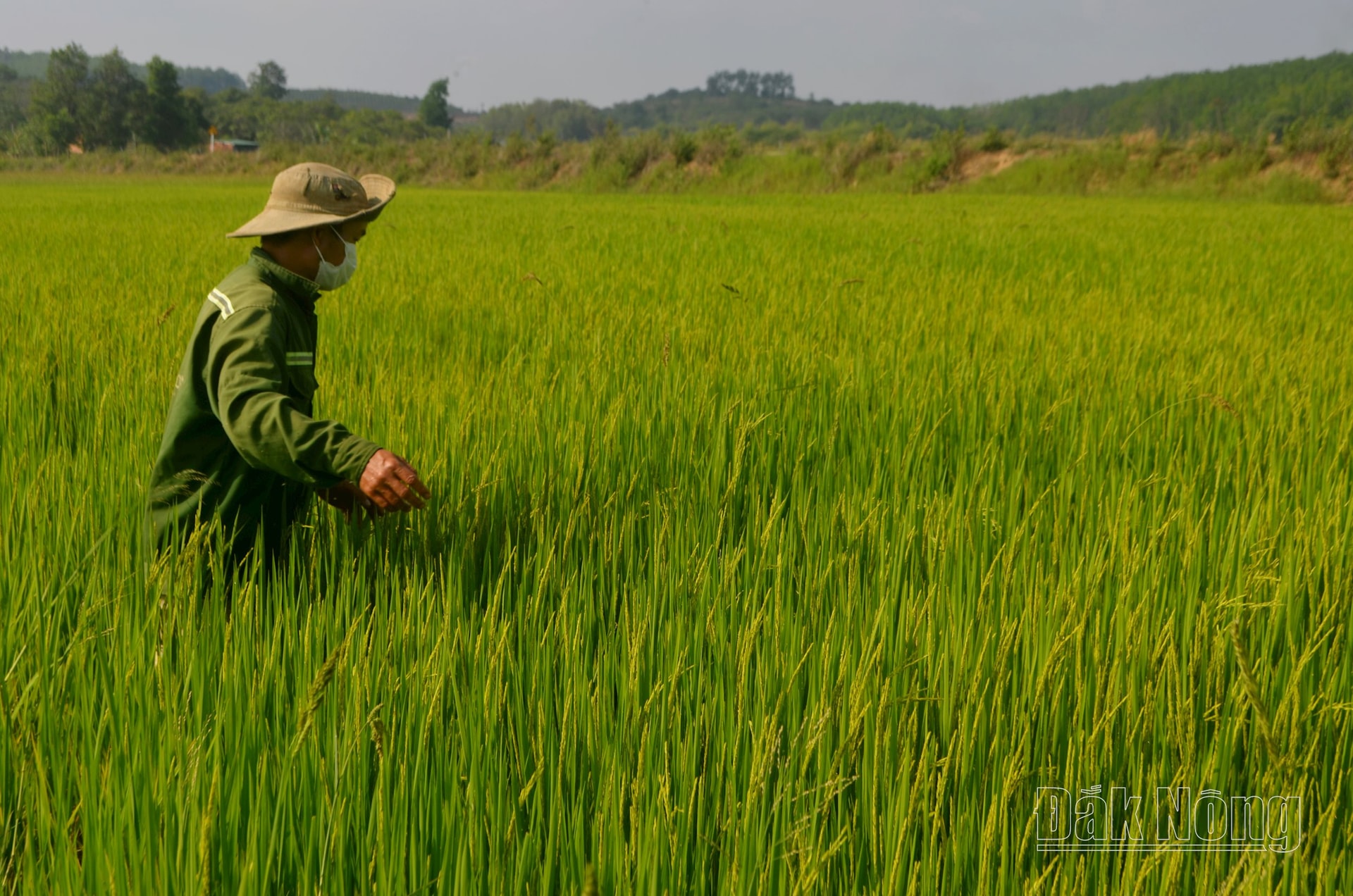
During the rice ripening stage, water sufficiently and drain the water 7-10 days before harvesting. When applying the "alternating flooding and drying" irrigation method, irrigation water will be saved, limiting water loss in the field due to seepage and evaporation.
Keeping the fields dry will limit late-growing branches, the rice plants will mobilize more nutrients, increase the hardness of the rice roots, prevent lodging, and limit some diseases on rice plants such as brown spot disease...
For upland crops, less water is needed than rice, but lack or excess of water affects the growth and development of the plant. To save irrigation water for upland crops, it is necessary to apply synchronous technical measures.
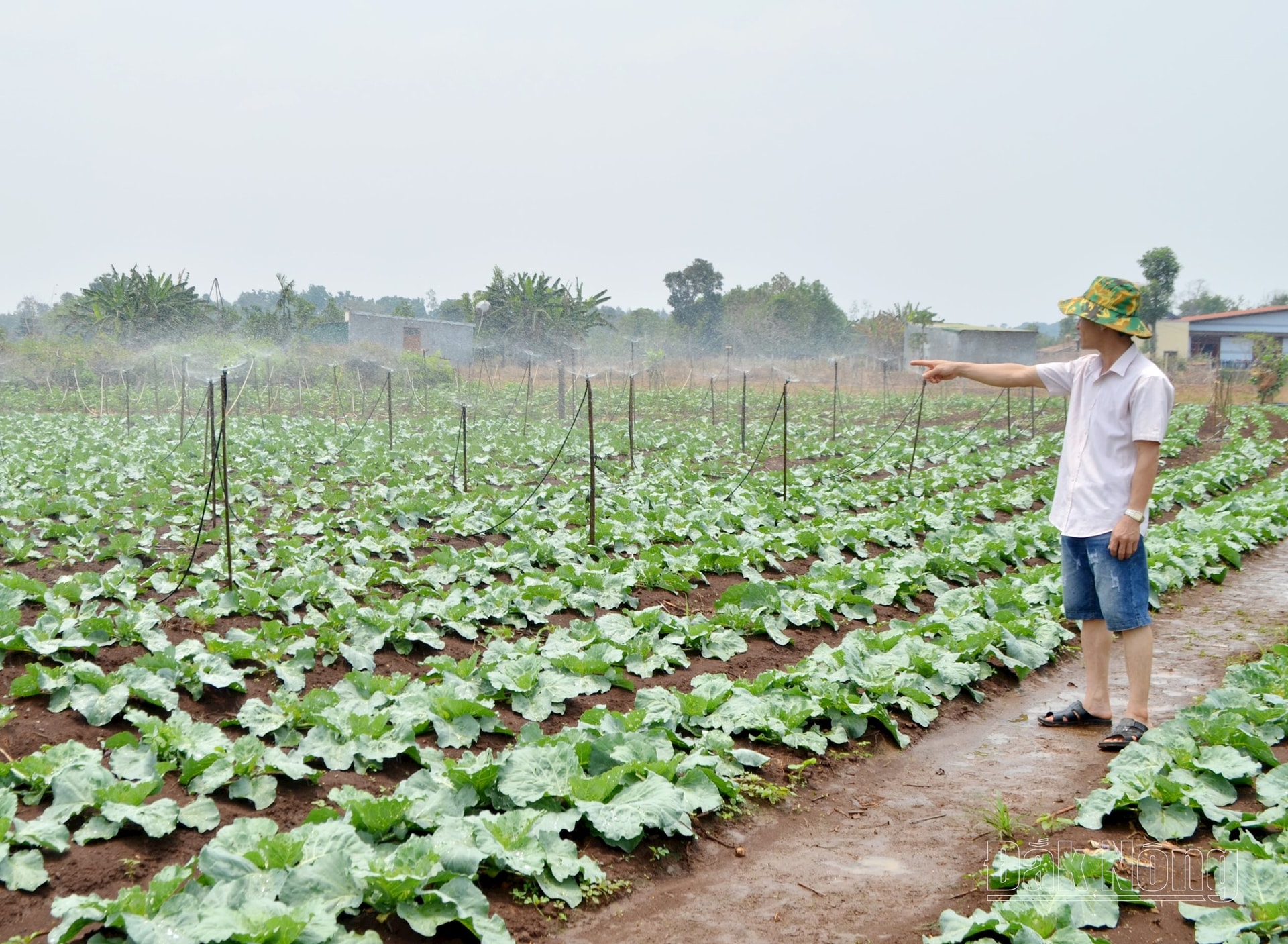
First of all, farmers pay attention to careful soil preparation, including deep plowing, careful harrowing, leveling, rowing, and ridge making. Farmers increase the amount of organic fertilizer to improve the soil's moisture retention capacity, and carry out seepage irrigation along the furrows and rows. Water according to the needs of each stage of plant growth and development.
For example, corn plants at the flowering stage need to be watered sufficiently. When applying the above measures, in addition to saving water, it also creates conditions for plants to grow well, limiting some pests and diseases such as stem rot on corn plants, root rot on vegetables, anthracnose on chili plants, etc.
According to the plan, in the 2024-2025 winter-spring crop, Dak Nong strives to plant 10,400 hectares of short-term crops of all kinds. Of which, rice is 5,170 hectares; corn is 2,151 hectares; vegetables of all kinds are 1,978 hectares; sweet potatoes are 1,100 hectares... The province strives to achieve a total food output of over 50,396 tons.
Source: https://baodaknong.vn/nong-dan-dak-nong-voi-phuong-phap-tuoi-nuoc-ngap-kho-xen-ke-239159.html



![[Photo] Ready for the top competitions of Vietnamese table tennis](https://vphoto.vietnam.vn/thumb/1200x675/vietnam/resource/IMAGE/2025/5/18/9c547c497c5a4ade8f98c8e7d44f5a41)


![[Photo] Many young people patiently lined up under the hot sun to receive a special supplement from Nhan Dan Newspaper.](https://vphoto.vietnam.vn/thumb/1200x675/vietnam/resource/IMAGE/2025/5/18/6f19d322f9364f0ebb6fbfe9377842d3)

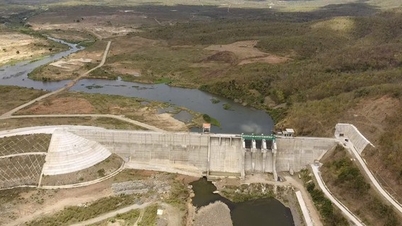




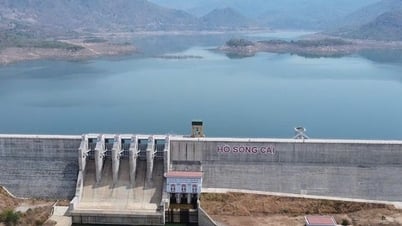








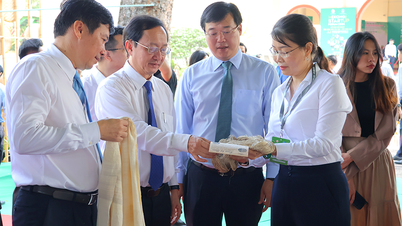








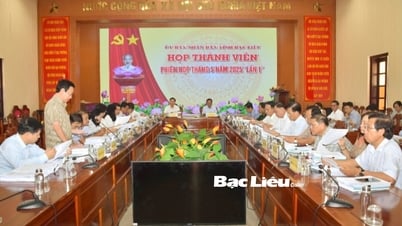


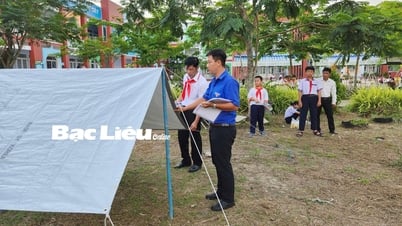
![[Photo] General Secretary To Lam visits exhibition of achievements in private economic development](https://vphoto.vietnam.vn/thumb/1200x675/vietnam/resource/IMAGE/2025/5/18/1809dc545f214a86911fe2d2d0fde2e8)














































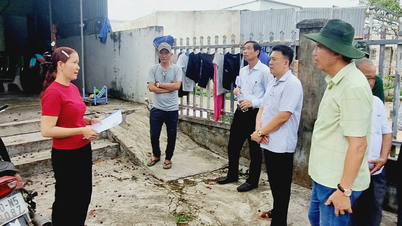



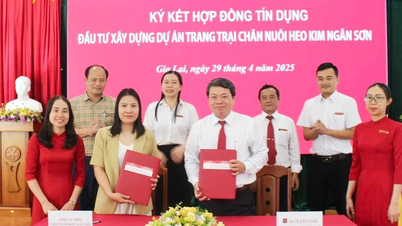


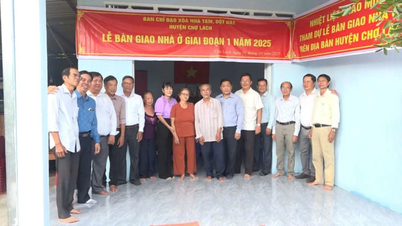











Comment (0)